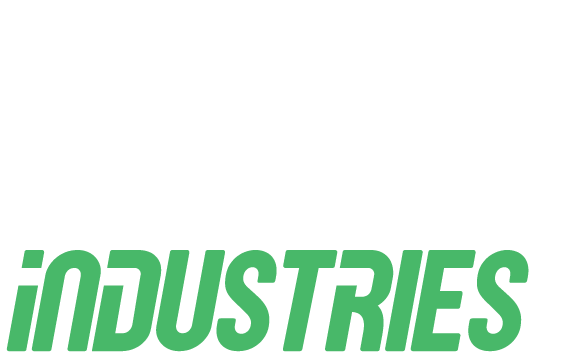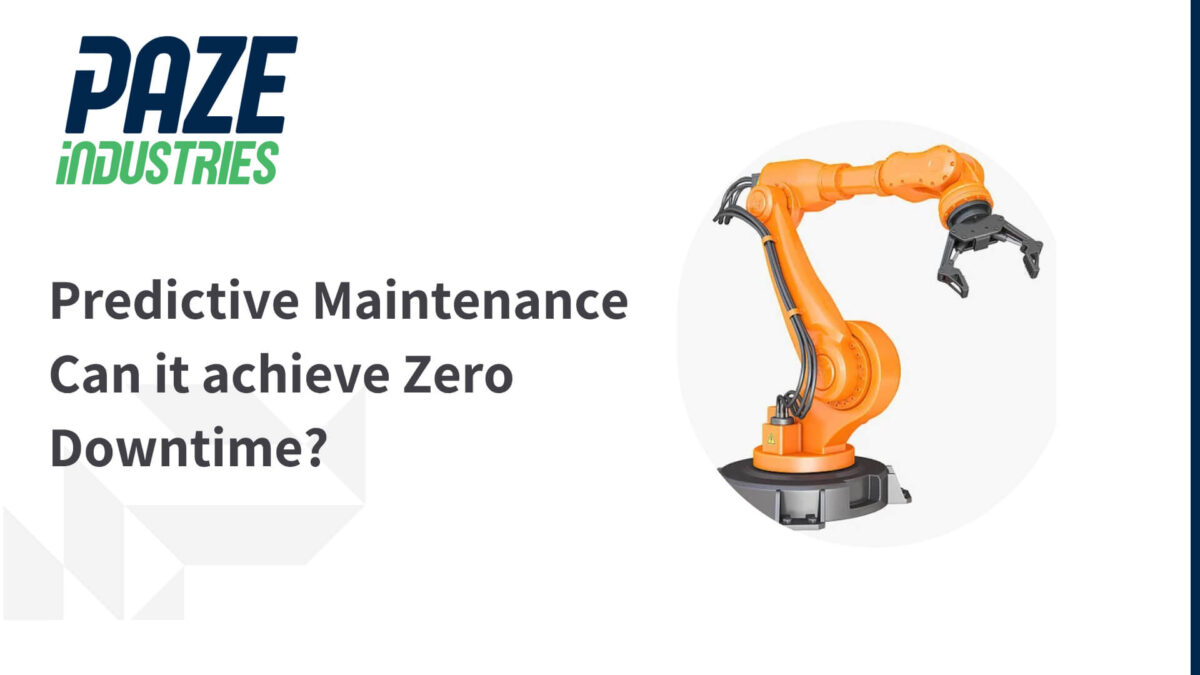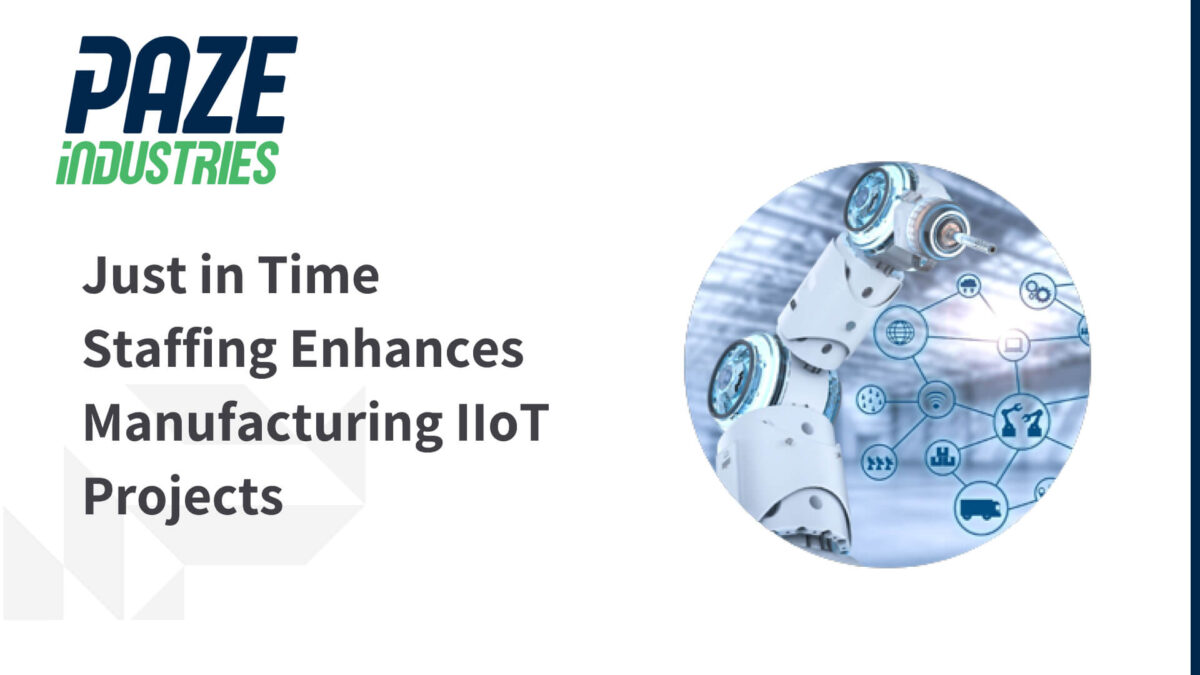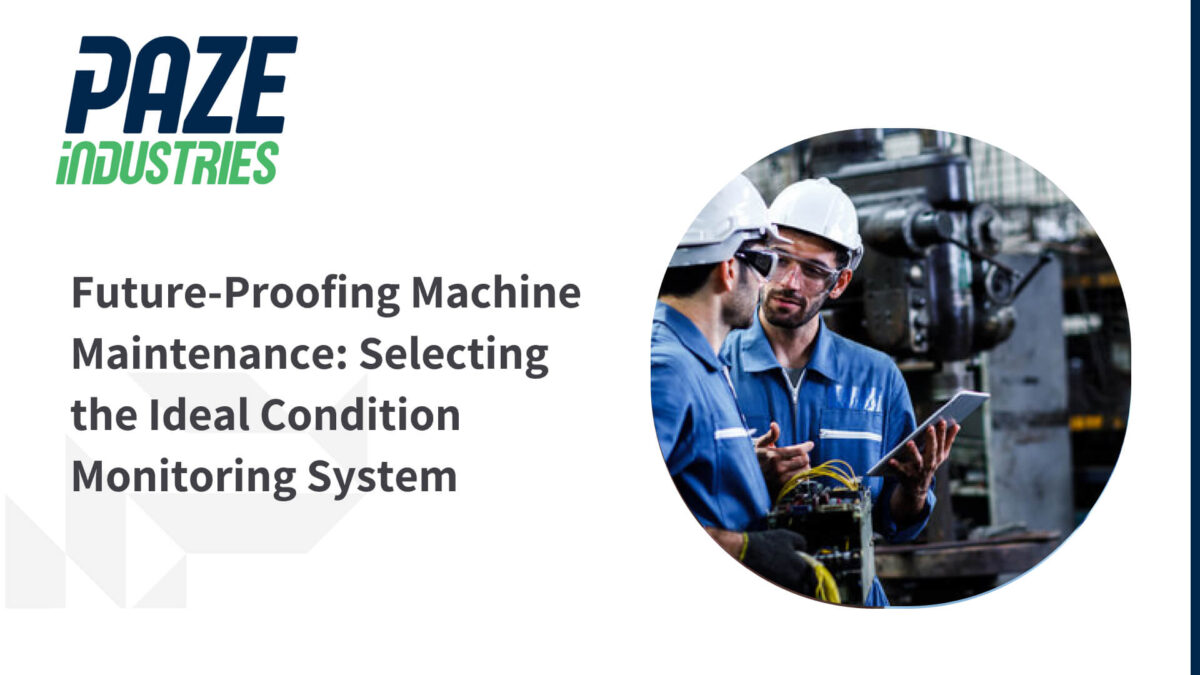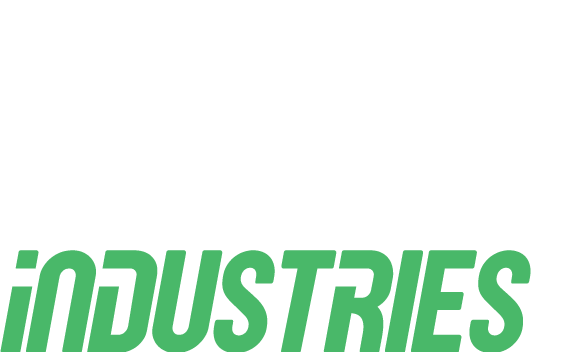In today’s fast-paced industrial landscape, downtime is the nemesis of productivity. Every moment of machinery or equipment downtime can translate into substantial financial losses and operational disruptions. The good news is that modern technology offers a solution: Predictive Maintenance.
The Cost of Downtime
It is true that Predictive Maintenance is the most effective method to reduce unplanned machine downtime and optimise the maintenance process, however, achieving zero downtime is still not a possibility for it. There are multiple external reasons for and some of them are:
Unforeseen Circumstances
Some events, such as natural disasters or major external disruptions like supply chain, cybersecurity, power failure or economic or market shifts that impact spare parts or service offers, can result in downtime that Predictive Maintenance cannot prevent.
Resource Limitations
Predictive Maintenance requires a well-established infrastructure of sensors, data analytics tools, and skilled personnel. Smaller organizations or those with limited resources might face constraints in fully implementing this strategy. But even large corporations can’t monitor every single component. It’s important to note that the selection of components and parameters to monitor should be based on a thorough understanding of the equipment, its criticality to operations, and the potential failure modes that could lead to downtime or safety risks.
Human Error
Despite predictive alerts, human errors can still occur during maintenance activities or in response to equipment issues, potentially leading to downtime.
Complex Systems
In highly complex industrial systems, some equipment failures may be challenging to predict accurately, especially if multiple factors contribute to the failure.
Initial Implementation Challenges
Transitioning from a reactive maintenance approach to a fully predictive one can be a complex process that takes time to implement effectively.
While Predictive Maintenance can come remarkably close to achieving zero unplanned downtime, the term “zero downtime” is often used more as an aspirational goal rather than an absolute guarantee. The primary aim of Predictive Maintenance is to minimise unplanned downtime, optimise maintenance activities, and improve operational efficiency to the greatest extent possible.
In practice, organisations implementing Predictive Maintenance should expect to see a substantial reduction in unplanned downtime, leading to improved reliability and cost savings. However, they should also remain prepared for the possibility of rare and unforeseen events that could still result in some downtime, albeit significantly less than in a purely reactive maintenance approach.
No Code Tools and Zero Downtime
With the recent developments of No Code tools like Paze Industries , the road to getting closer to Zero Machine Downtime has been slightly shortened. These new age No Code tools provide an intuitive and user-friendly interface that enables personnel from various departments to actively participate in the predictive maintenance process.
For example, Paze Industries’ no code tools makes it easier to deploy sensors, collect data and analysis results. Users can set up sensors to gather data and create automatic workflows to trigger alerts and notifications when anomalies are detected. This democratization of predictive maintenance reduces the reliance on specialized IT or data science teams, making it accessible to maintenance technicians, engineers, and even non-technical staff.
Additionally, these tools often come with pre-built applications and a wide range of professional services, allowing organizations to quickly harness the power of data analytics without the need to develop custom code. This approach accelerates the adoption of Predictive Maintenance, minimizes implementation hurdles, and ultimately contributes to the goal of reducing downtime and optimizing operations. In a world where time-to-insight is crucial, No Code tools like those provided by Paze Industries offer a promising avenue to streamline Predictive Maintenance practices and move closer to achieving the objective of minimal unplanned downtime.
Conclusion
Predictive Maintenance is a dynamic field that continues to evolve, with the ultimate goal of achieving zero downtime being a central focus. While absolute zero downtime may be challenging to attain due to unforeseen circumstances, organisations that embrace Predictive Maintenance can significantly reduce unplanned downtime, optimise their operations, and gain a competitive edge in today’s fast-paced industrial landscape. It represents a proactive, data-driven approach that is vital for businesses seeking to thrive in the era of Industry 4.0.
